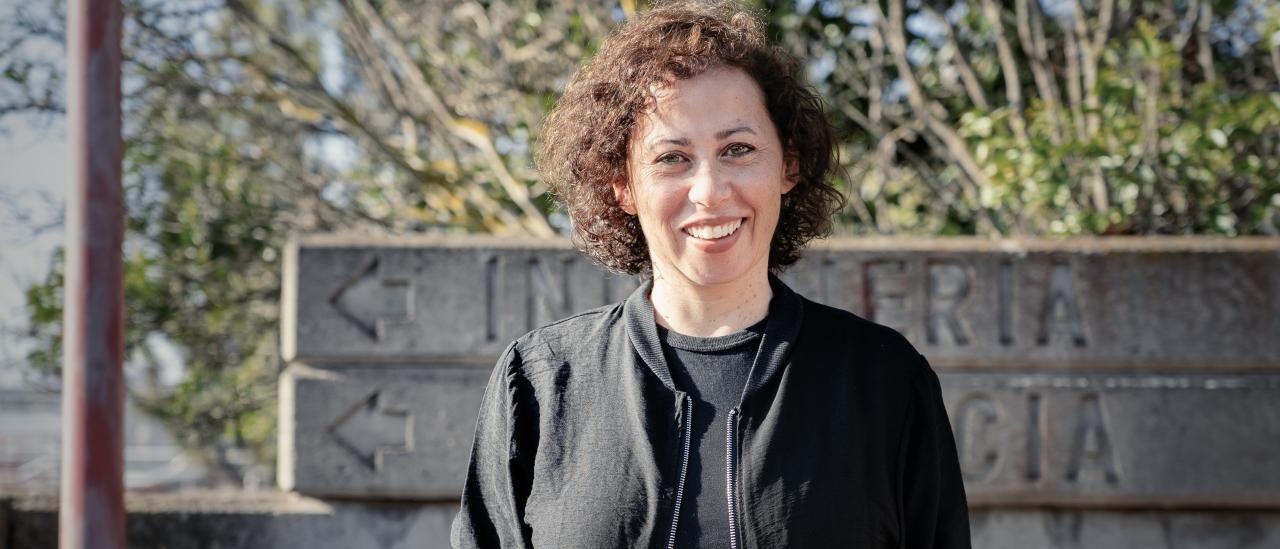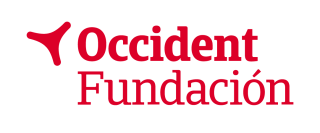Date
-
Duration
Short
Origin institution
Destination institution
Dr. Nancy Elias-Rosa is an astronomer at the National Institute for Astrophysics (INAF) – Astronomical Observatory of Padua in Italy. Her research focuses on the multi-wavelength observational study of stellar explosions, including the diversity of supernovae (SNe) and the investigation of their progenitor stars. Her goal is to answer questions about how, when, and which massive stars give rise to these explosions.
Her strong background in time-domain astronomy includes the acquisition, reduction, and analysis of data from various telescopes (ranging from 0.6 to 10 meters). In addition to her work on supernovae, she has conducted detailed studies on their interstellar extinction and unusual transients, such as supernova impostors and superluminous supernovae. Recently, she has expanded her interest into the identification and characterization of electromagnetic counterparts to gravitational wave and neutrino events.
Her academic background includes a degree in Physics with Astrophysics from the University of La Laguna (Tenerife, Spain) and a PhD in Astrophysics jointly awarded by the University of La Laguna and the University of Padua (Italy). She completed postdoctoral stays at prestigious institutions, including the Max Planck Institute for Astrophysics (Germany), the Spitzer Science Center/California Institute of Technology (USA), the University of California (Berkeley, USA), and the Institute of Space Sciences in Barcelona. She also received a Juan de la Cierva Fellowship in Spain and a Marie Curie Fellowship in Italy.
Dr. Elias-Rosa is an active member of major national and international collaborations dedicated to transient phenomena, including NUTS (founding member), (e)PESSTO(+), GRAWITA, ENGRAVE, ThunderKAT, and Euclid.
During her visit, Dr Elias-Rosa will work closely with Dr. Ismael Pérez Fournon and Dr. David Sánchez Aguado and their group on the study of nearby core-collapse supernovae. This collaboration aims to share knowledge and strengthen observational strategies for future events, maximizing the use of the existing network of facilities. Finally, this visit aims to deepen our understanding of the core-collapse supernova mechanism while strengthening scientific collaboration among teams.

